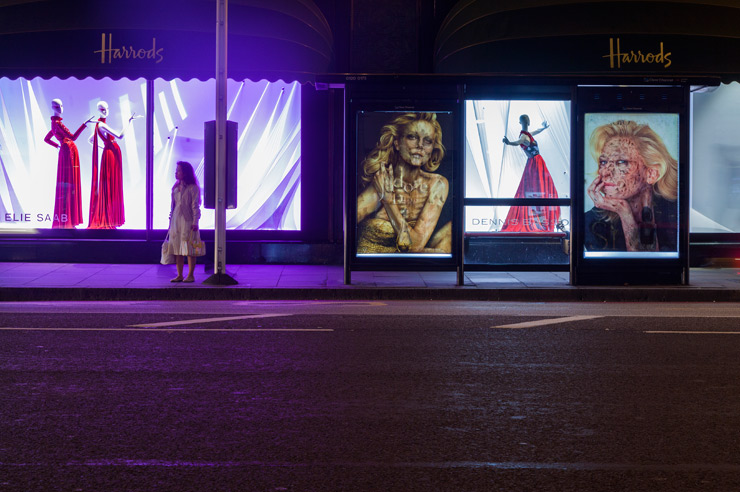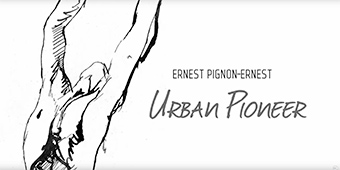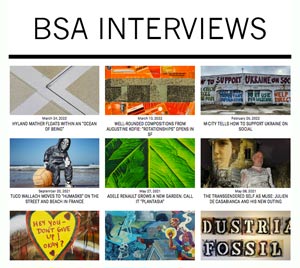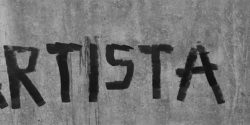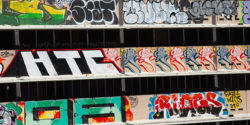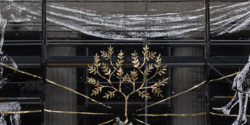What are you celebrating this season? We’re celebrating BSA readers and fans with a holiday assorted chocolate box of 15 of the smartest and tastiest people we know. Each day until the new year we ask a guest to take a moment to reflect on 2015 and to tell us about one photograph that best captures the year for him or her. It’s our way of sharing the sweetness of the season and saying ‘thank you’ for inspiring us throughout the year.
Alison Young is a Professor at the University of Melbourne, an expert in Cultural Criminology, winner of many academic awards, and author of a number of Street Art related books, including her most recent Street Art, Public City: Law, Crime and the Urban Imagination. In it she considers the ways in which street art has become an integral part of the identity of cities such as London, New York, Berlin, and Melbourne, at the same time as street art has become increasingly criminalized. Alison is also a simply indispensible source for many who are studying the intersections of art, culture, law, and urban space.
London, United Kingdom
20 September 2015.
Photograph by Mark Rigney
2015 was a year in which arguments about whether street art can still be considered in any way radical became ever more intense. At times, it seemed like the answer was obvious: when the sides of New York subway cars were used to advertise a ‘street art reality tv show’, many assumed that street art had lost any radical edge it might have had. Other examples were less clear cut. Some argued that muralism is making our streetscapes bland, as local neighbourhood character gets replaced by a uniform aesthetic in cities around the world; for others, the presence of a striking and skillful mural is a vast improvement and a source of community pride.
For me, one of the most exciting examples of street art’s radical potential is found in the work of ‘subvertisers’ like Jordan Seiler, or the various artists working with Brandalism, who used techniques of street art and subvertising to take over 600 advertising panels in Paris before the UN COP21 Climate Conference at the end of November.
Another such artist is the Berlin-based Vermibus, who travelled to various cities hosting a Fashion Week in September and October 2015. He replaced advertisements with his own hand-painted images of women designed to make people think critically about the fashion and cosmetics ads conventionally displayed in public space.
I was fortunate enough to meet Vermibus in London, and watched him install these two pieces in the bus shelter outside Harrods department store – in broad daylight, with hundreds of people walking back and forth along the street, in a clear demonstration of the ways in which ‘street art’ can still be deeply politicized.
~Alison Young
Other Articles You May Like from BSA:
We’re celebrating the end of one year and the beginning of the next by thanking BSA Readers, Friends, and Family for your support in 2024. Picked by our followers, these photos are the heavily ci...
Our weekly focus on the moving image and art in the streets. And other oddities. Now screening : 1. Cheryl Dunn Walk The Streets Of NYC 2. Studio Visit With Bordalo II in Lisbon 3. Good Guy Bo...
Our weekly focus on the moving image and art in the streets. And other oddities. Now screening : 1. DEOW1 in British Columbia : Maple Syrup 2. "From Street To Art" Exhibition in New Yo...
Summer’s orchestra of sounds are joined at some juncture by the song of the cicada, and usually that means we are at the very height of this warm and sticky season, just before slowly returning to a c...
In New York and Miami and across the U.S., stories of legitimate struggles with the healthcare system are a constant backdrop to everyday life. Someone you met can’t afford insurance. Som...
 BROOKLYN STREET ART LOVES YOU MORE EVERY DAY
BROOKLYN STREET ART LOVES YOU MORE EVERY DAY